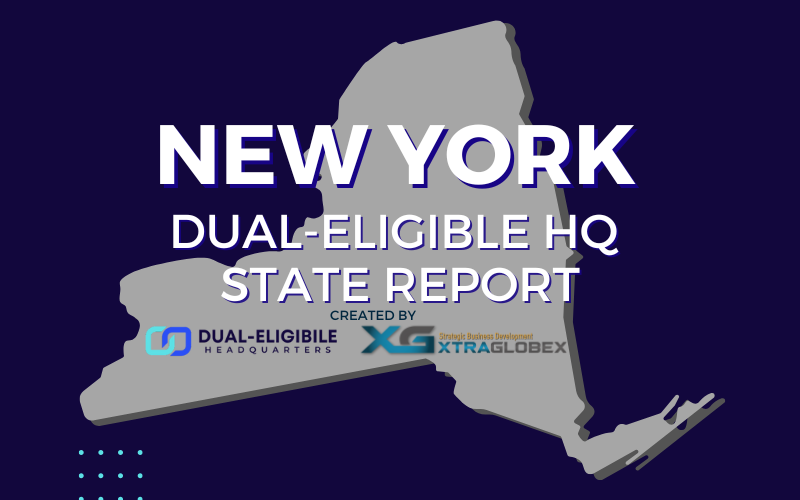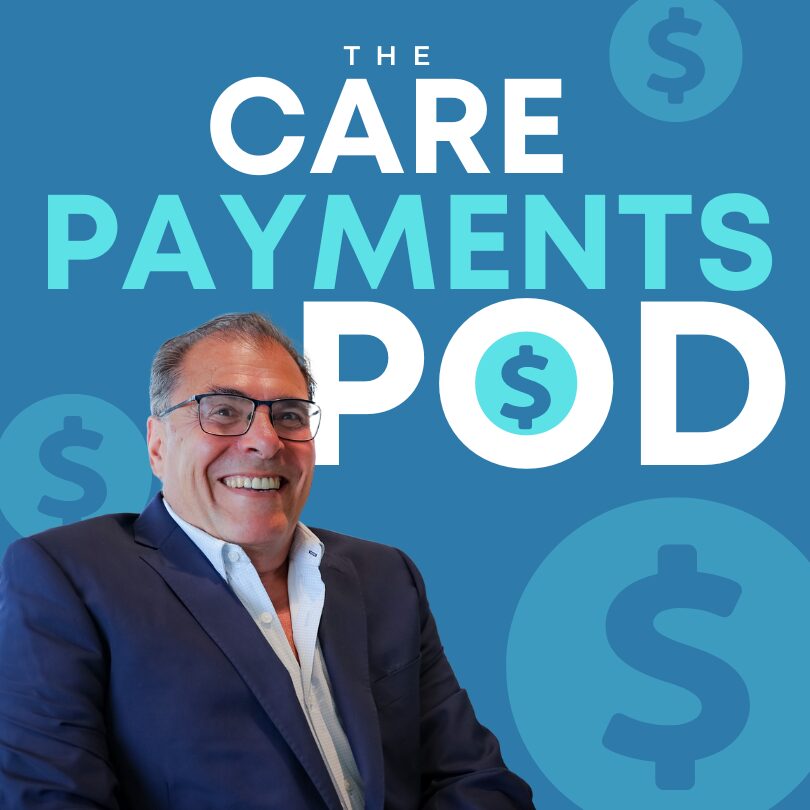While long-term services and supports (LTSS) for older adults often dominate discussions in dual-eligible policy, a parallel and equally urgent conversation is taking shape around individuals with intellectual and developmental disabilities (IDD). As Medicaid remains the primary payer for LTSS for the IDD population, and dual eligibility rates rise among aging individuals with IDD, providers are finding themselves at the nexus of two complex, under-coordinated systems. The question in 2025 is not whether these systems will evolve—it’s how fast, how equitably, and how well providers will be equipped to lead the change.
The Overlooked Complexity: IDD and Dual Eligibility
IDD individuals face life-long challenges in navigating fragmented care systems. Many receive Medicaid-funded home- and community-based services (HCBS), but the growing number who are dually eligible must now also navigate Medicare, often without seamless care coordination. Aging caregivers, rising diagnoses of co-occurring behavioral and physical health conditions, and shifting policy pressures around deinstitutionalization have further complicated service delivery.
Yet, despite the systemic complexity, innovation is lagging behind. Many states have carved out IDD from managed LTSS (MLTSS) programs. Others have siloed IDD services under fee-for-service structures that fail to support care coordination, quality measurement, or value-based care. The result? A vulnerable population at high risk for poor outcomes, with providers expected to do more—often without additional tools or aligned incentives.
According to MACPAC, about 1.6 million dually eligible individuals use LTSS—many of whom live with IDD, though reliable federal estimates remain inconsistent.
Providers Are the Bridge—But Not Yet Empowered
From an advocate’s standpoint, the integration of IDD and LTSS into dual-eligible systems raises profound questions about voice, autonomy, and trust. Too often, system redesigns happen to individuals with disabilities—not with them.
Self-advocates and families continue to emphasize that true person-centered care must be defined by the individual, not by what’s reimbursable. A support worker who knows someone’s communication style, a job coach who has built trust over years, or a housing arrangement that supports community belonging—these are not luxuries. They are the foundation of health and quality of life for people with IDD.
The Autistic Self Advocacy Network (ASAN) and The Arc of the United States both emphasize the need for disability-led input in any dual-eligible policy redesign or managed care expansion.
Advocates urge policymakers and providers alike to:
- Co-design programs with people with disabilities and their families, especially when developing care coordination models or integrated plans.
- Honor and preserve relationships that individuals have built with their direct support professionals (DSPs), rather than substituting in unfamiliar, plan-assigned case managers.
- Prioritize autonomy and choice in all systems, even in managed care environments—particularly when it comes to housing, employment, and day supports.
As one national advocate recently noted, “Integration doesn’t mean being absorbed. It means being seen, heard, and supported in the way you choose to live.”
The Advocate’s Perspective: “Nothing About Us Without Us”
From an advocate’s standpoint, the integration of IDD and LTSS into dual-eligible systems raises profound questions about voice, autonomy, and trust. Too often, system redesigns happen to individuals with disabilities—not with them.
Self-advocates and families continue to emphasize that true person-centered care must be defined by the individual, not by what’s reimbursable. A support worker who knows someone’s communication style, a job coach who has built trust over years, or a housing arrangement that supports community belonging—these are not luxuries. They are the foundation of health and quality of life for people with IDD.
The Autistic Self Advocacy Network (ASAN) and The Arc of the United States both emphasize the need for disability-led input in any dual-eligible policy redesign or managed care expansion.
Advocates urge policymakers and providers alike to:
- Co-design programs with people with disabilities and their families, especially when developing care coordination models or integrated plans.
- Honor and preserve relationships that individuals have built with their direct support professionals (DSPs), rather than substituting in unfamiliar, plan-assigned case managers.
- Prioritize autonomy and choice in all systems, even in managed care environments—particularly when it comes to housing, employment, and day supports.
As one national advocate recently noted, “Integration doesn’t mean being absorbed. It means being seen, heard, and supported in the way you choose to live.”
The Policy Gaps Are Structural—And Fixable
The integration conversation around duals and LTSS has matured over the last decade, but when it comes to the IDD population, most reforms have failed to address the structural gaps:
- Eligibility misalignment: Many IDD consumers qualify for Medicaid based on disability before age 65, and only become duals later in life. This results in abrupt transitions between coverage systems, care plans, and providers—all without a coordinated transition process.
- Benefits misalignment: Medicare generally does not cover non-medical supports that are critical to IDD populations, like habilitative services, supported housing, and personal assistance. These remain underfunded in many state Medicaid plans and are inconsistently available across the country.
🏠 A 2023 Kaiser Family Foundation (KFF) report on Medicaid and IDD highlights persistent gaps in housing, employment, and habilitation supports for dual-eligible individuals.
Payment model barriers: Most IDD services are carved out of managed care, creating parallel systems where coordination is administratively burdensome. Providers may have to bill multiple entities, with inconsistent rules and no unified approach to value-based care.
What Integrated Care Should Look Like for the IDD Population
True integration for IDD duals will require a reconceptualization of value. Unlike post-acute care models focused on transitions and short-term functional improvements, integrated IDD care must measure value through longitudinal outcomes: stable housing, consistent personal relationships, participation in community life, and self-determination.
Providers must be central partners in that vision. In 2025 and beyond, forward-thinking states and plans should:
- Include IDD services in MLTSS and D-SNP alignment initiatives with adequate safeguards for consumer choice and provider continuity.
- Create IDD-specific quality measures that reflect meaningful outcomes for people with disabilities, not just utilization metrics.
- Fund provider capacity-building to adopt electronic care planning, participate in interdisciplinary teams, and engage in risk-based contracts with realistic rate structures.
- Develop braided funding models that support whole-person care, blending Medicare, Medicaid, and housing/social service dollars to reflect the actual needs of IDD duals.
See the Center for Health Care Strategies (CHCS) for examples of state-level integration pilots that are beg
Call to Action for Providers
The systems are shifting—but without strong provider and advocate leadership, they may shift in the wrong direction. Providers who serve IDD populations are uniquely positioned to shape how dual integration efforts unfold. Here’s how:
- Engage early in state-level MLTSS planning. Don’t assume IDD carve-outs are permanent. Many states are reconsidering how to better coordinate care across populations.
- Collaborate across sectors. Form partnerships with behavioral health, aging, and housing providers to build integrated service ecosystems.
- Push for inclusive demonstrations. If your state is pursuing a dual-eligible integration pilot or value-based purchasing reform, advocate for the inclusion of IDD voices and IDD-specific needs.
- Invest in your data infrastructure. The future of IDD care is going to be data-driven—whether through care coordination platforms, population health analytics, or shared outcome dashboards.
Center the individual. Ensure that organizational processes, policies, and even payment models are aligned with the values of person-centered planning, self-direction, and equity.
Conclusion: Building a Duals System That Works for Everyone
The IDD and LTSS communities are not peripheral—they are core to the dual-eligible population. For too long, systemic silos have prevented integrated care from reaching the individuals who need it most. In 2025, providers and advocates have an opportunity—and an imperative—to come together and build a future that values dignity, inclusion, and person-driven outcomes.
Because if we get it right for people with IDD, we get it right for everyone.
For weekly insights on duals policy, person-centered care, and integrated delivery, subscribe to DualEligibleHQ.com.





